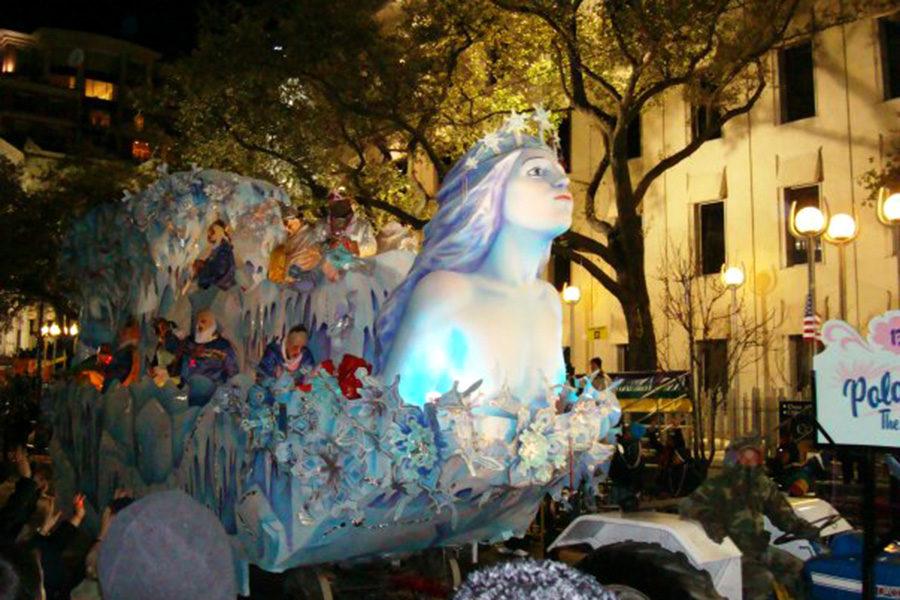Mardi Gras
February 28, 2017
Mardi Gras, which is also known as Fat Tuesday, is a tradition that has occurred for centuries. It is a massive celebration that takes place in locations such as New Orleans.
The festival is full of parades, beads, food, and just about anything that could occur legally. While Mardi Gras is technically only one day, the season begins on Three Kings’ Day, January 6.
Most people who have never experienced Mardi Gras may be wondering why ‘Fat Tuesday’ needs approximately two months to be celebrated, but it is all in what this celebration entails.
The people who celebrate Mardi Gras do so in a fashion that includes things such as King Cake, parades like Orpheus and Prometheus, and a whole week off of school and work just to party before they give up at least one of their vices for Lent.
The average person could think of it as one big party, with an abundance of culturally relevant food.
There are, of course, a slew of parades, all throughout the state. However, the ones that have been around the longest, and are the most culturally rich, are the ones that take place in New Orleans.
Parades such as Endymion, Proteus, Orpheus, and Zulu are classics, and sometimes you can even spot famous people upon the floats. For example, in 2010, just after the Super Bowl, the entirety of the New Orleans Saints was incorporated into the parades, and the stars such as Sean Payton and Drew Brees were clearly visible from the tops of the floats.
The parade put on by Zulu is by far one of the most anticipated events of the Mardi Gras Season. Zulu has been around since about 1909, named after one of the fiercest African tribes. What makes Zulu such an interesting parade is the fact that they throw coconuts, or ‘golden nuggets’ to the crowd. These coconuts are ornately decorated, and they are one of the most coveted parts of the season.



